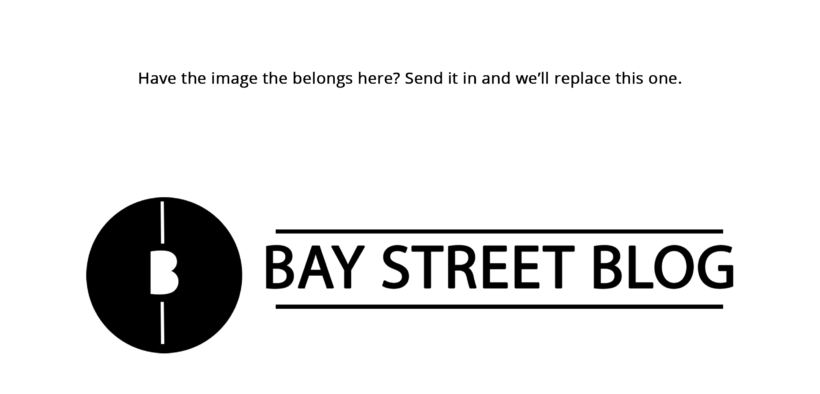How do RRSPs Work?
Share

RRSPs – also known as Registered Retirement Savings Plans are a useful tool to help all generations, from millennials to baby boomers, save for retirement. RRSPs are also useful for other purposes, such as saving up for a down payment on your first home, or saving up for university/college tuition.
RRSPs – How Does It Work?
The amount that can be contributed to your RRSP depends on your income. The limit can be found by going to form T1028, Your RRSP Information, or amount (A) of the RRSP Deduction Limit Statement on your latest notice of assessment (CRA).
Keep track of how much is contributed to the RRSP account – similar to Tax Free Savings Accounts, there is a penalty for over contributing. The penalty is 1 percent per month on the contributions that exceed the RRSP deduction limit by more than $2000 (CRA).
Unused RRSP contributions can be carried forward to the upcoming tax years. Carrying forward unused RRSP contributions would make sense if you’re expecting to have a larger salary in the upcoming years, so you would be able take advantage of deducting your income with RRSP contributions. In the meantime, the money can be parked in a TFSA account, since it would still be earning income in the short/medium term.
Home Buyers Plan
The Home Buyers’ Plan (HBP) allows an individual to withdrawal up to $25,000 in a calendar year from their RRSP, to buy, or build a qualifying home for themselves or a related person with a disability (CRA). This plan is extremely useful, especially for millennials who are looking into purchasing their first home. Having a larger down payment would help you avoid the CMHC Premiums.
The HBP can be seen as an interest free loan from yourself. Once the funds are withdrawn, the taxpayer has up to 15 years to repay the RRSP. It can be paid at once, or in installments. Each year, the CRA would send the HBP statement of account, with information on how much has been repaid, and the remaining balance.
Lifelong Learning Plan
The Lifelong Learning Plan (LLP) allows individuals to withdrawal up to $10,000 per year to a maximum of $20,000 (in a lifetime) for you or your spouse to finance a full time program, or part-time program if the student is disabled (Sun Life Financial). The LLP cannot be used to Finance children’s education, or your spouse’s, or common-law partner’s children (CRA).
Similar to HBP, the LLP is like an interest free loan from yourself. Once the funds are withdrawn, the taxpayer has up to 10 years to repay the amount that was withdrawn. Usually, 1/10 of the balance has to be repaid each year (CRA). If the repayment is less than the amount required – the difference would be added onto the income on line 120 of the income tax and benefit return. This also applies if there was no required payment made for the calendar year.
Conclusion
RRSPs are useful for purchasing your first home, continuing your education, and saving up for retirement. It offers the flexibility to withdrawal funds under the Home Buyer’s Plan program and the Lifelong Learning Plan program. Keep in mind, once the funds are withdrawn, you would lose out on the potential market returns (if the RRSP is in a mutual fund). The best way to start saving up for an RRSP is setting an automatic transfer into the account, which would accumulate into a generous amount in the long term.
Writer: Jelani Smith
Disclaimer: All investing can potentially be risky. Investing or borrowing can lead into financial losses. All content on Bay Street Blog are solely for educational purposes. All other information are obtained from credible and authoritative references. Bay Street Blog is not responsible for any financial losses from the information provided. When investing or borrowing, always consult with an industry professional.







Bay Street Blog Newsletter
Click here to subscribe for a financial savvy experience.
Please check your email to confirm subscription!